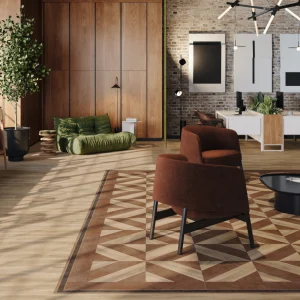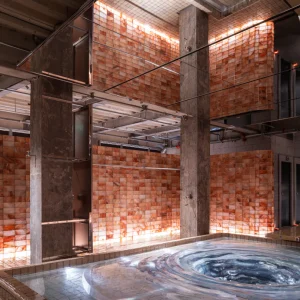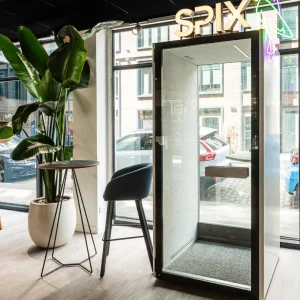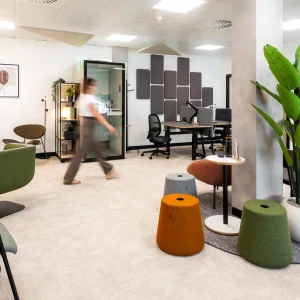In order to satisfy stringent planning requirements, the front of the £19 million ($30 million) building had been delicately integrated into a listed streetscape dating from 1683. The vertical members of its Portland stone echo the existing plot widths of the street. Within this frame each panel changes in response to the changing architectural context, from the Georgian buildings on one side to the 1960’s office block on the other.
The first bay of the office and residential complex encompasses abstracted Georgian proportions, featuring narrow windows placed within a predominately stone façade. The second and third bays break this formality, as the stone elements visually dissolve through asymmetrical patterns into a fully glazed final bay.
The building’s shape at the rear of the scheme as conceived by the architects has been battered by a series of complex rights to light issues. In response, the building has been stepped back through a series of terraces covered by a curving glass roof. In this way, restraints on the design are translated into positive compositional devices. Each device, when seen in its context, creates a visual language of correspondence between the constraint and its solution.
Moseley and Webb served as the planning consultant, and HHY as project manager.





